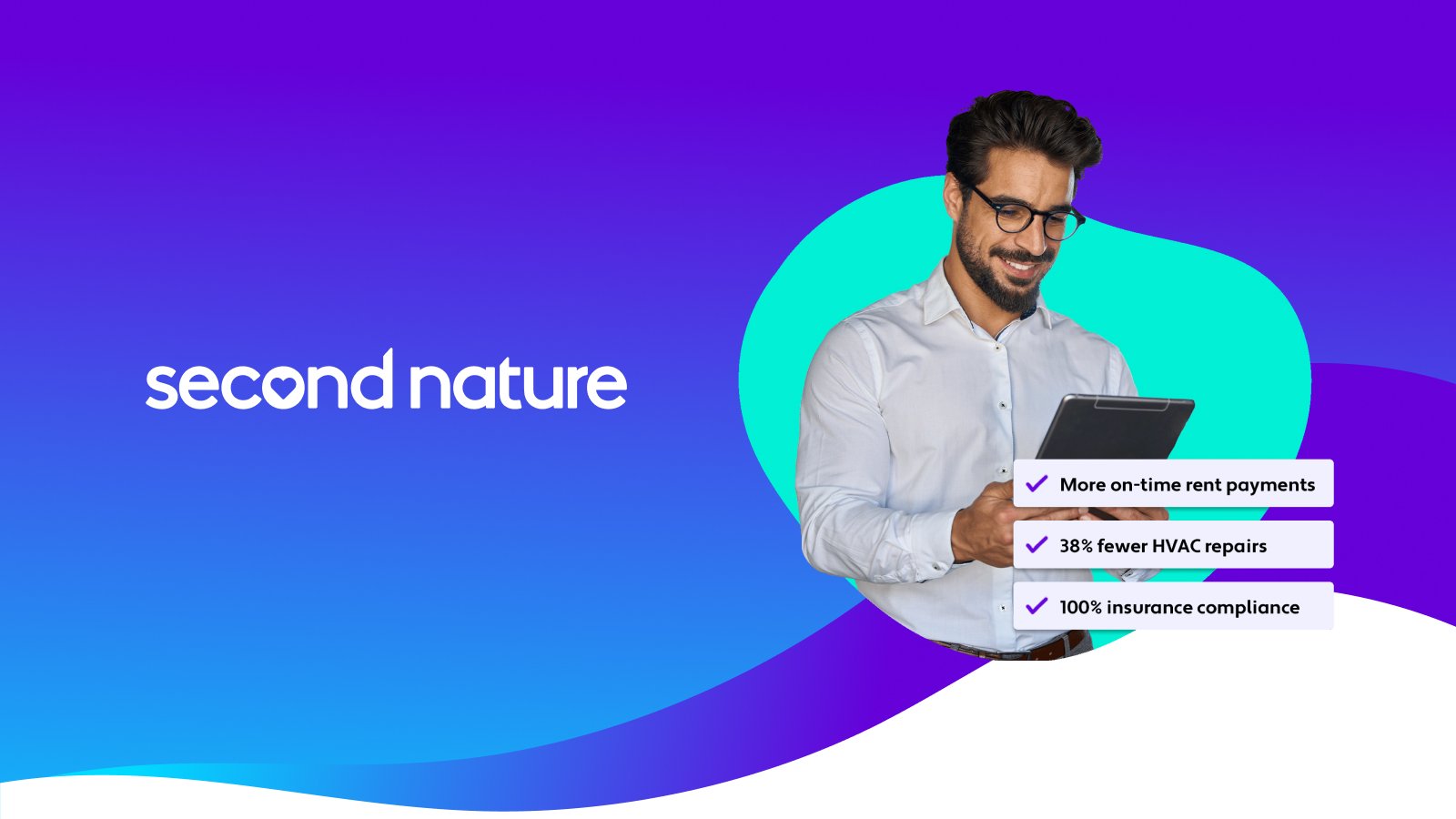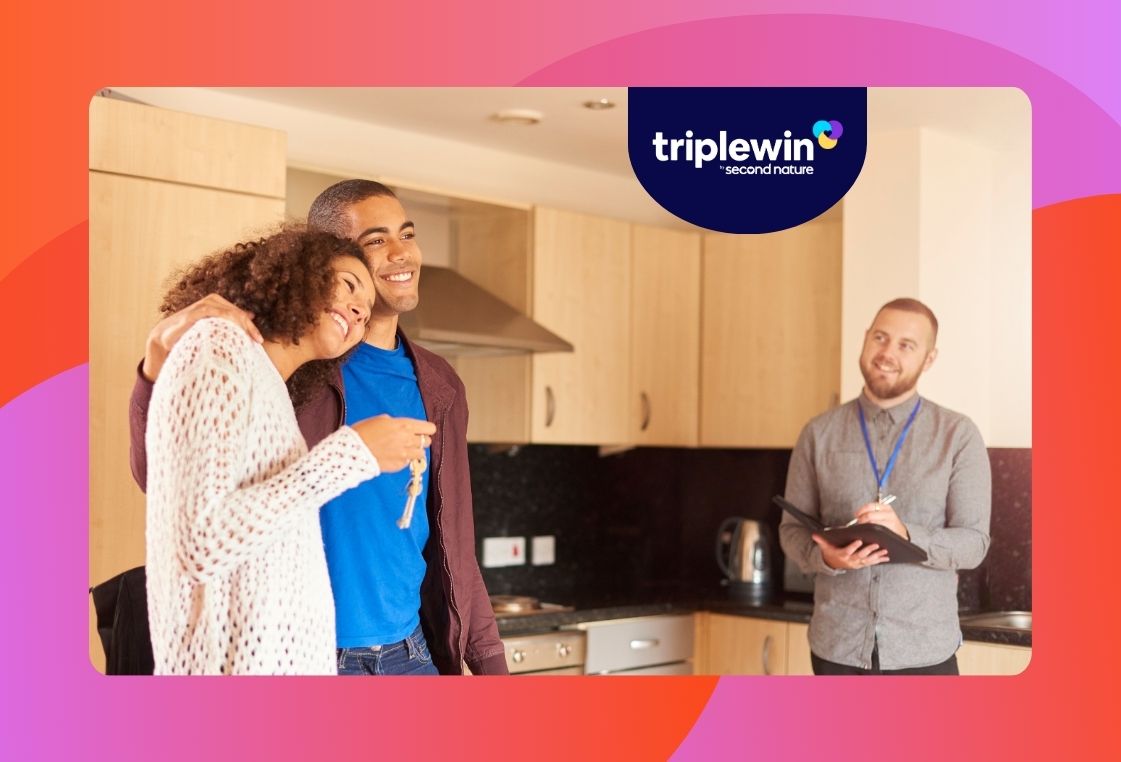Five easy steps to help manage your allergies this spring.
Spring will be here sooner than you think, and with it will come a host of things we love and a handful of things we don’t. One of those things we wish we could do without is pollen. We’re talking about that awful yellow dust that coats everything in sight this time of year and forces the allergy-afflicted among us to stay inside.
Pollen is a necessary evil. It’s a critical ingredient in plant reproduction and as a result essential to life itself. For some though, it’s the worst—just the worst. More than 24 million people in the United States deal with pollen allergies every spring.
So what is this yellow dust of death? Pollen is an incredibly fine grain produced by the male part of a flower. Like other particulate matter, it's easily carried through the air, spread across large areas, and unfortunately inhaled. Once they enter your nose, white blood cells that defend your body against foreign invaders mistake pollen for some sort of pathogen, and a reaction begins. Say hello to allergies.
Related: What is the resident benefits package?
Allergic reactions come with all too familiar symptoms, such as itchy and watery eyes, excessive sneezing, congestion, and a runny nose. If you experience these symptoms every spring, congratulations. You have a pollen allergy. The good news is you have come to the right place if you’re interested in how to deal with that allergy.
Step 1: Know your allergies
When we talk about pollen, we’re primarily talking about tree pollen. This is the most recognizable type of pollen and also the prominent culprit of allergy attacks in the spring. Grass pollens are prevalent in the summer though, and ragweed is a serious allergy concern into the fall. The first step to dealing with allergies is knowing what you're allergic to and understanding how it affects you.
Step 2: Learn how to check pollen counts
Pollen count measures the amount of pollen present in the air per cubic meter, either in the unit of grams or individual grains. It’s a data point that can be found on your local weather station’s daily weather report or any website that does weather “stuff.” When it approaches 10 grams per cubic meter, pollen concentration is high.
The 12-point scale rates the intensity of pollen, with 12 being the highest and 0 the lowest.
- Low: 0-2.4
- Low-medium: 2.5-4.8
- Medium: 4.9-7.2
- Medium-high: 7.3-9.6
- High: 9.7-12
Step 3: Know your climate
Allergy forecasts for spring are heavily influenced by both the pre-spring weather patterns and the region in which you live.You can typically read allergy forecasts in the same place you would find pollen counts. You can also read one right here.
Allergy forecasts are usually developed by an analysis of the past weather patterns. A lot of weather-related factors are considered, but some key ones to keep an eye are rainfall and temperature. Heavy rainfall that precedes the turn of the season can be a stimulant for pollen growth. If your home state features incredible amounts of rain throughout February and early March, pollen in your climate can appear of nowhere in full force.
Because of this, you might think you’d be better off in a dryer climate as an allergy sufferer, but places that get little rain usually end up being worse. Why? Well, rainfall during the pollen season can provide a temporary reprieve for allergy sufferers, as the rain washes away pollen that’s both floating through the air and on the ground. Consistent spring rains do a lot to diminish the harshness of pollen allergies, so places that lack that tend to have higher pollen counts.
The effect of spring rain is an excellent example of why it is essential to know your allergies. Tree pollen may get washed away by spring rains, but those rains will stimulate grass growth in the summer, leading to higher levels of grass pollen.
Windier climates also tend to be worse, as the wind keeps more pollen in the air instead of allowing it to settle.
Step 4: Acquire Medicine
It’s a good idea to have some allergy medicine on hand during allergy season if you suffer from allergies. Duh. Most allergy medicines can be purchased over the counter and don’t cost more than about $15. You can take a lot of steps to avoid contact with pollen, but ultimately full avoidance of the itchy-eye instigator is not practical. Having something with you to help deal with the symptoms that will inevitably arise is always part of a good plan for dealing with pollen.
The official recommendations for medication include antihistamines. Your body produces histamines in response to interaction with allergens. They are the ultimate cause of the symptoms that have become synonymous with allergic reactions. Antihistamines, as the name self-defines, block or reduce these substances, slow down, and alleviate (to some degree) symptoms that make allergies so intolerable.
You could also consider decongestants, depending on which symptoms you experience the most often. These reduce the swelling in blood vessels, which causes congestion in the nose, sinuses, and chest, all of which can be symptoms of allergies.
Step 5: If it comes to it, stay inside
When pollen counts are exceedingly high, and your allergic reactions are severe, just stay inside. It really sucks to be on house arrest during the first beautiful days of the year, but being inside is still better than sneezing, coughing, and rubbing your eyes all day.
If you're inside, be sure to replace your air filters regularly with ones that help reduce allergens. Even inside your home, it's next to impossible to escape the perils of outdoor allergies. And don't even get us started on indoor air quality.
Spring is allergy season, and pollen is a large part of that. Suffering from a pollen allergy is a pretty significant deterrent from enjoying the first warm weather of the year. With the right approach though, you can manage it enough to still enjoy the outdoors and the first wave of nice weather.
Topics:




